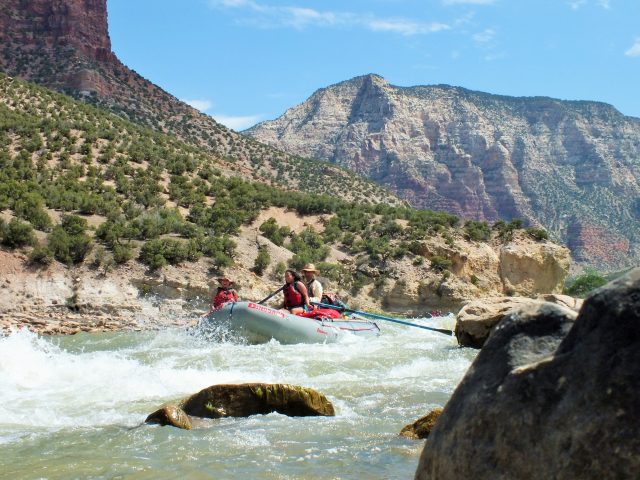Disconnecting
Have you ever had that moment of panic when you can’t feel your phone in your pocket, or can’t find it in your purse? Our devices have become ubiquitous. Odds are you’re reading this on some device or other. We can check our bank statements. We can reach our loved ones from almost anywhere, not only hear their voices but see their faces; our kids off at college, or our parents living in the next state over. These things have made our lives much easier and our world much smaller. There is the ever constant news stream, which has become increasingly more difficult to parse through. There are the photos and videos from friends and influence’s. There are the work emails that can now be received from almost anywhere.
Yes, good or ill, our devices are here to stay. But, if you’re reading this, (and you have made it this far), you’ve probably found they can be a distraction, detrimental even. In fact, we’re beginning to find that as we increasingly interface with our world through a screen, we’re not practicing some crucial skills. We’re less empathetic, and less willing to try and understand things from viewpoints that differ from our own. It seems a little gloomy. How do we get back to real human interaction? How do we escape work emails, the stream of social media, and the constant news feed? We can get outside.
Though our devices may be ubiquitous, WiFi and cell phone service are not. Get far enough off the beaten path, and your place of work can’t find you to ask if you’ve finished those reports or met with the accounting department. In the backcountry the space you move through is now larger than life, even though it’s such a small slice of the world. It’s now infinitely bigger than it could have been on your favorite social media site.
The benefits of getting away from our devices and getting outside become even more apparent when we do it with our friends and family. When going into the wilderness on a backcountry river rafting trip preparedness is key. Good preparation is incumbent on good communication. Therein is where real human interaction takes place. When making a plan with one another we are practicing those crucial social skills that make us more empathetic and better able to view the world from multiple viewpoints. It seems mundane in practice, but it’s importance and benefits are widespread. Especially for the developing minds of our children. How does it work? Pretty simple actually. When we discuss a plan, whether it be as simple as a day hike or as complex as a Utah or Colorado multi day river rafting adventure, we each approach what we expect to do differently. Only once there is agreement on a plan do we enact it. And until that point is reached, the discussion of options forces us to look at the plan from the perspective of our companions. We’re practicing our social skills, failing and succeeding together in real time.
Obviously you don’t have to get into the backcountry to do these things. But getting outside happens to be a great place to facilitate these things, as it presents unique challenges, has spotty service and no wifi. So grab your friends and family, ditch those electronic devices and have that human experience in a beautiful place. A multi day river rafting adventure on the Yampa River or Green River Gates of Lodore through Dinosaur National Monument is a perfect place to disconnect from that electronic world and reconnect with your family and friends.

